Have you ever looked at a seasoned yogi effortlessly contorting into seemingly impossible shapes and thought, “That’s amazing, but I could never do that?” Or perhaps the idea of finding inner peace amidst life’s chaos feels like an unattainable adventure? Well, fear not, aspiring yogi! Yoga isn’t just about extreme flexibility or serene meditation; it’s a profound journey of self-discovery, an adventure that begins right where you are. And the best part? You don’t need to be a seasoned warrior or a contortionist to start.
This guide will introduce you to 10 beginner-friendly yoga poses that are your perfect entry points into this incredible practice. These poses are chosen not just for their simplicity but for their remarkable ability to gently coax your body into greater flexibility and calm your overactive mind, making them ideal allies in your quest to reduce stress. Think of each pose as a small, manageable adventure – a step towards unlocking your inner strength and finding your zen.
Before we dive in, remember these golden rules for your yoga adventure:
- Listen to Your Body: This is the most important rule. Yoga is not about pushing yourself into pain. If something hurts, ease out of it.
- Breathe Deeply: Your breath (Pranayama) is your anchor. Breathe slowly and deeply through your nose throughout each pose.
- Consistency is Key: A little bit often is far more effective than a lot rarely. Even 10-15 minutes a day can make a difference.
- Use Props (if needed): Blocks, straps, or even a cushion can help you find comfort and proper alignment. Don’t be afraid to use them!
Let’s embark on this adventurous exploration of your body and mind!
1. Tadasana (Mountain Pose) – The Foundation of Your Journey
- How to do it: Stand tall with your feet together (or hip-width apart if more comfortable). Engage your thigh muscles, lift your kneecaps, and gently tuck your tailbone. Roll your shoulders back and down, letting your arms hang by your sides, palms facing forward. Gaze straight ahead.
- Why it’s adventurous: This seemingly simple pose is where all great journeys begin. It teaches you balance, grounding, and the importance of a strong foundation. You learn to stand tall and confident, ready for what comes next.
- Benefits: Improves posture, strengthens thighs, knees, and ankles, firms abdomen and buttocks. Reduces flat feet. Builds a sense of steadiness and calm.
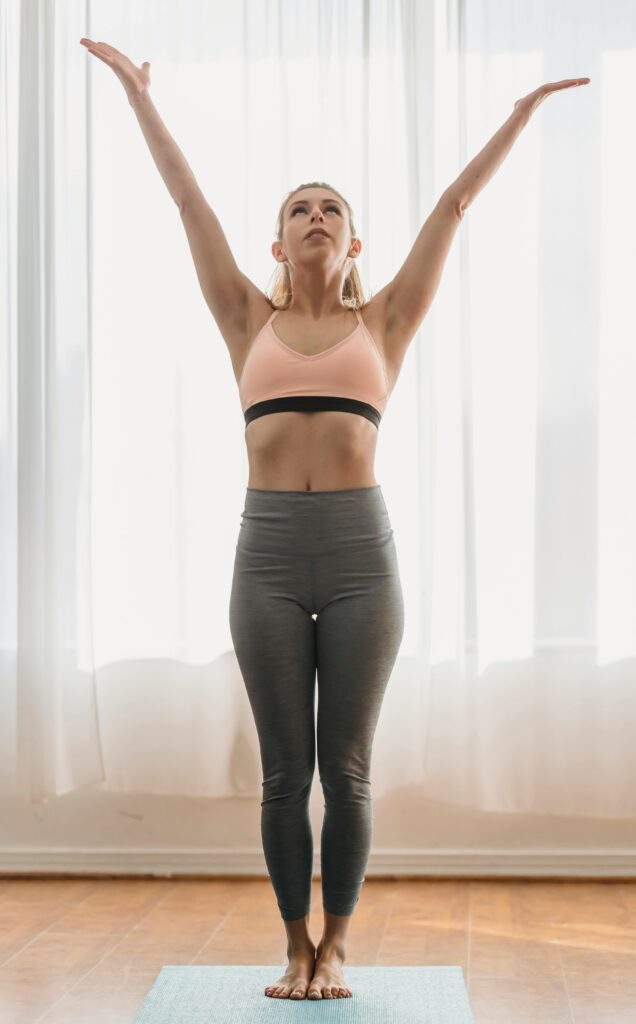
2. Uttanasana (Standing Forward Bend) – Releasing Your Burden
- How to do it: From Tadasana, inhale, then exhale as you hinge from your hips, leading with your chest. Keep your back straight initially. Let your hands reach for the floor, blocks, or your shins/ankles. Micro-bend your knees if your hamstrings feel tight. Let your head hang heavy.
- Why it’s adventurous: This pose is about letting go. Imagine shedding the day’s worries as your head hangs heavy, sending blood flow to your brain. It’s an act of surrender and release.
- Benefits: Stretches hamstrings, calves, and hips. Strengthens thighs and knees. Calms the brain and helps relieve stress and mild depression.
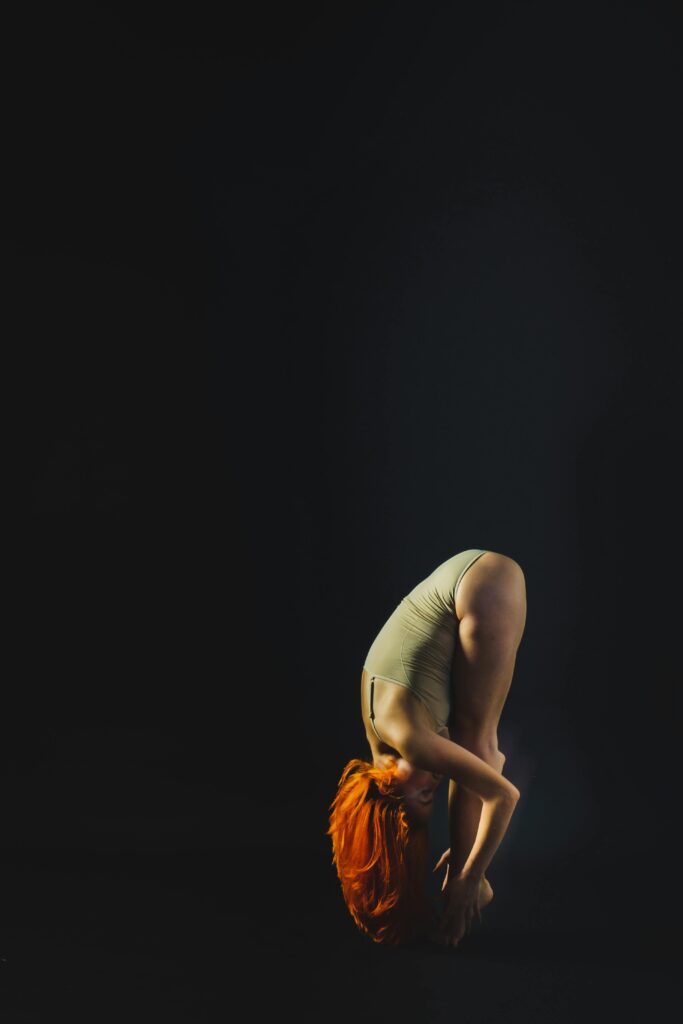
3. Adho Mukha Svanasana (Downward-Facing Dog) – The All-Rounder Expedition
- How to do it: From a tabletop position (hands and knees), spread your fingers wide. Tuck your toes, lift your hips towards the sky, forming an inverted ‘V’ shape. Straighten your arms and legs as much as possible, pressing your heels towards the floor (a slight knee bend is fine). Let your head hang.
- Why it’s adventurous: This is a classic for a reason! It’s a full-body experience that stretches, strengthens, and energizes. Think of it as a mini-expedition for every part of your body.
- Benefits: Stretches shoulders, hamstrings, calves, and arches. Strengthens arms and legs. Calms the brain and helps relieve stress. Energizes the body.
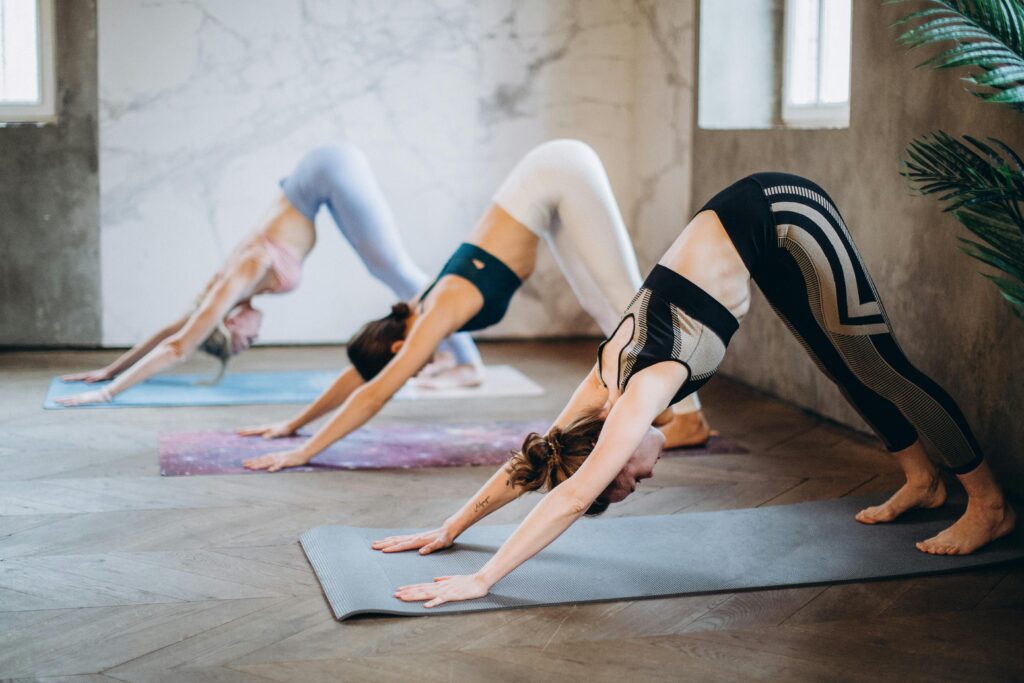
4. Balasana (Child’s Pose) – The Rest Stop on Your Journey
- How to do it: Kneel on your mat, sit your hips back onto your heels, and fold your torso forward, resting your forehead on the mat. Your arms can be extended forward or rest alongside your body, palms facing up.
- Why it’s adventurous: Even the most daring adventurers need a moment of rest. Child’s Pose is your safe haven, a gentle pause to reconnect with your breath and find comfort.
- Benefits: Gently stretches the hips, thighs, and ankles. Calms the brain and helps relieve stress and fatigue. A great pose to return to at any point during your practice.
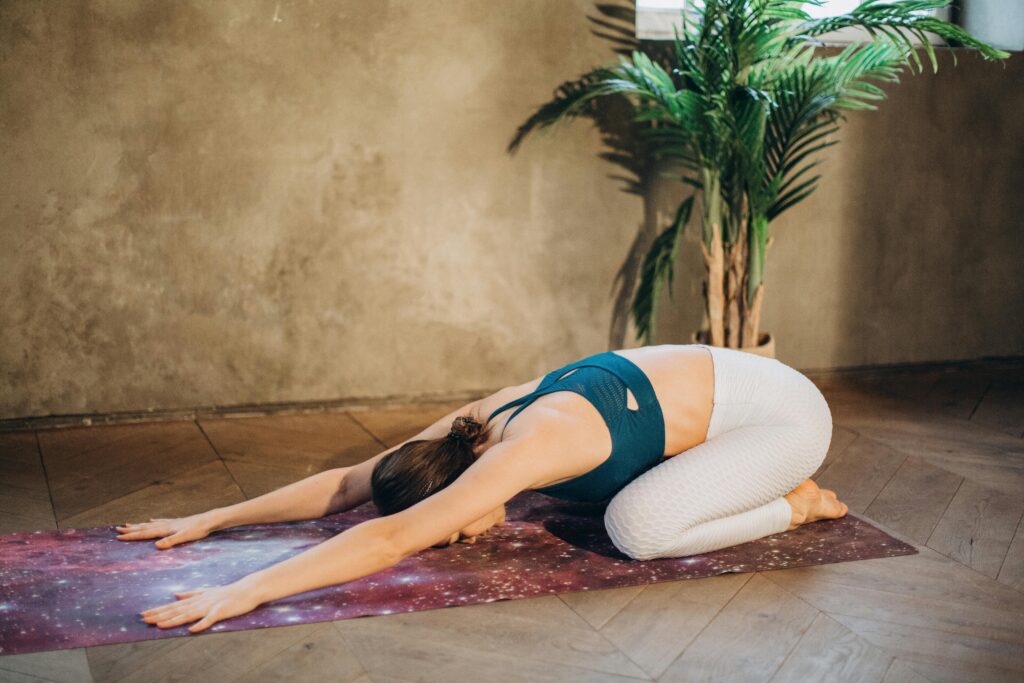
5. Bhujangasana (Cobra Pose) – Awakening Your Spine
- How to do it: Lie on your stomach, tops of your feet flat on the floor. Place your hands under your shoulders, fingers pointing forward. Hug your elbows close to your body. Inhale, press through your hands and the tops of your feet, and gently lift your chest off the floor. Keep your neck long, gazing slightly forward.
- Why it’s adventurous: This is a gentle backbend that helps awaken your spine and open your chest. It’s like unfurling a map, ready to face new directions.
- Benefits: Strengthens the spine. Stretches chest and abdomen. Firms the buttocks. Helps relieve stress and fatigue.

6. Setu Bandhasana (Bridge Pose) – Building Bridges to Strength
- How to do it: Lie on your back, knees bent, feet flat on the floor, hip-width apart, and heels close to your buttocks. Arms by your sides, palms down. Inhale, press through your feet, and lift your hips off the floor towards the ceiling. You can clasp your hands beneath your back for a deeper stretch.
- Why it’s adventurous: This pose builds strength in your back and opens your chest, metaphorically building bridges between strength and openness. It empowers you by lifting your heart.
- Benefits: Strengthens back, buttocks, and hamstrings. Stretches chest, neck, and spine. Calms the brain and helps alleviate stress and mild depression.
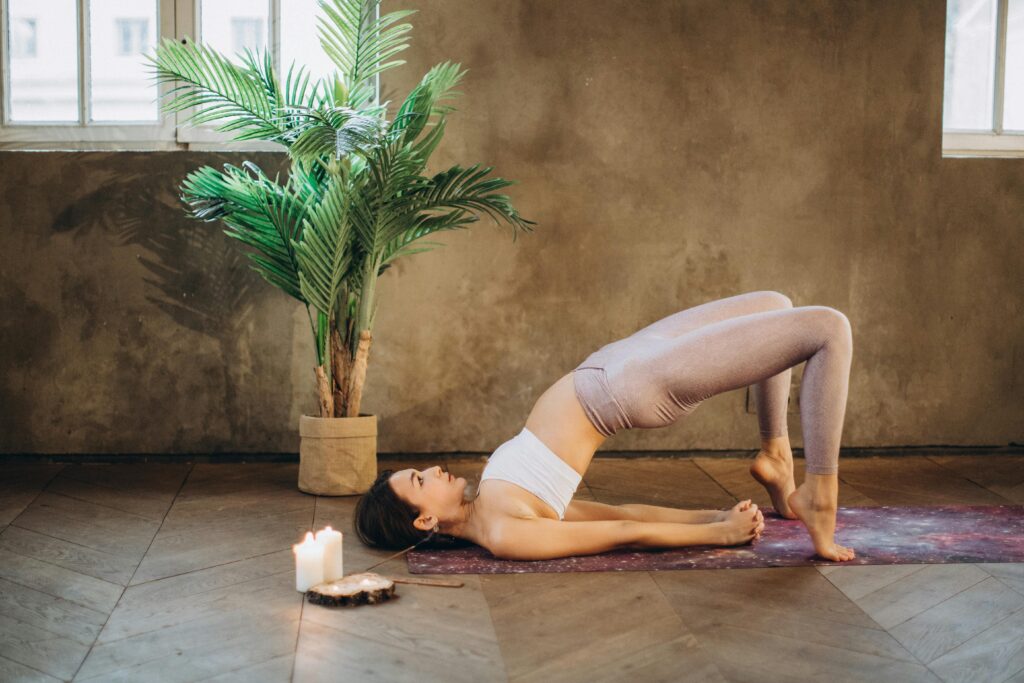
7. Sukhasana (Easy Pose) – The Comfortable Basecamp
- How to do it: Sit comfortably with your legs crossed, shins roughly parallel. Keep your spine long and straight, shoulders relaxed. Rest your hands on your knees, palms up or down.
- Why it’s adventurous: This is your primary pose for meditation and simply sitting. It’s about finding comfort and stability, your basecamp from which all inner exploration begins.
- Benefits: Calms the brain, strengthens the back, opens hips. Excellent for meditation and pranayama practice.
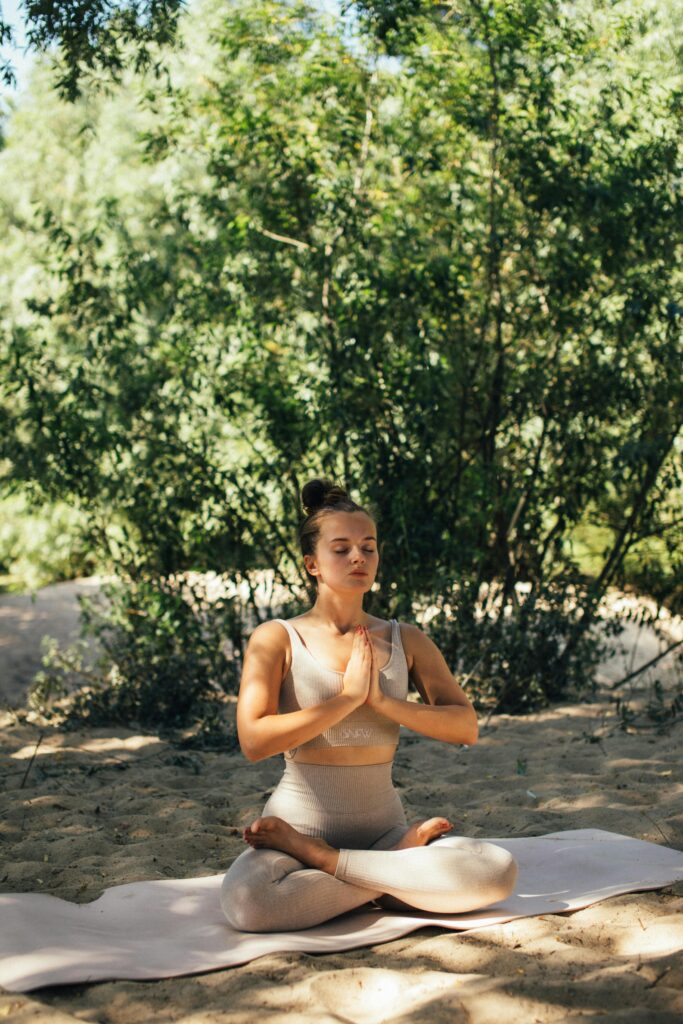
8. Paschimottanasana (Seated Forward Bend) – A Deep Dive Inward
- How to do it: Sit with legs extended straight in front of you, feet flexed. Inhale, lengthen your spine. Exhale, hinge from your hips, reaching for your feet, ankles, or shins. Keep your back relatively straight.
- Why it’s adventurous: Like a deep dive into tranquil waters, this pose encourages introspection and deep relaxation. It’s about connecting with your inner self.
- Benefits: Stretches the entire back of the body – hamstrings, spine, and shoulders. Calms the brain and helps relieve stress. Improves digestion.
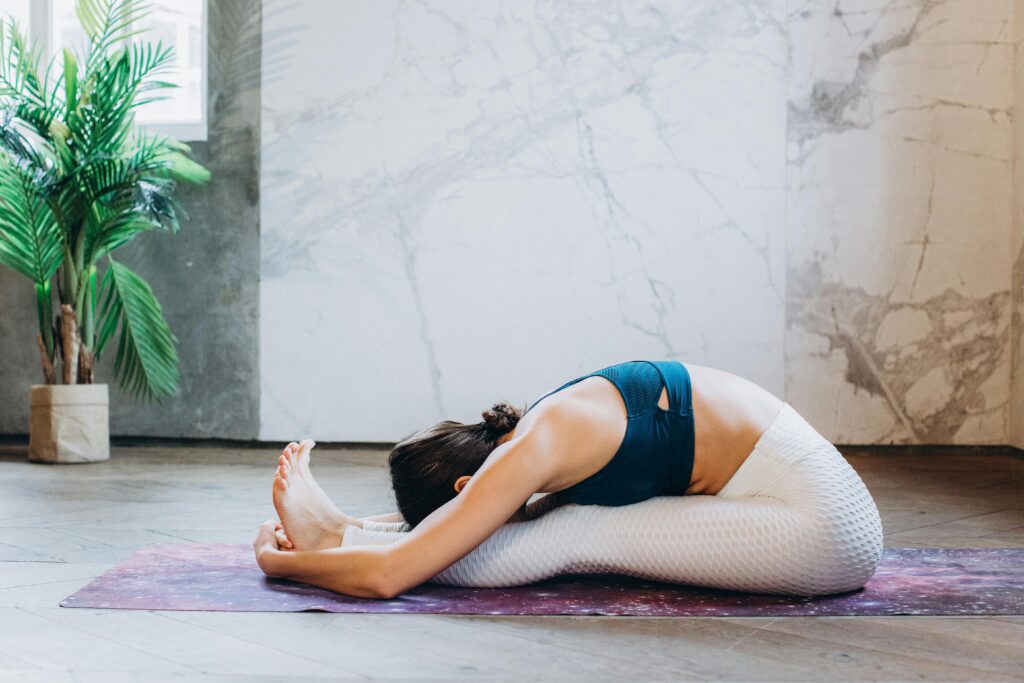
9. Savasana (Corpse Pose) – The Ultimate Surrender
- How to do it: Lie flat on your back, legs extended and slightly apart, feet flopping out. Arms by your sides, palms facing up, slightly away from your body. Close your eyes. Completely relax every part of your body.
- Why it’s adventurous: This is often considered the most challenging pose because it requires complete surrender and stillness. It’s where your body integrates all the benefits of your practice, and your mind finds ultimate peace.
- Benefits: Calms the brain and helps relieve stress and mild depression. Relaxes the entire body. Reduces headache, fatigue, and insomnia.
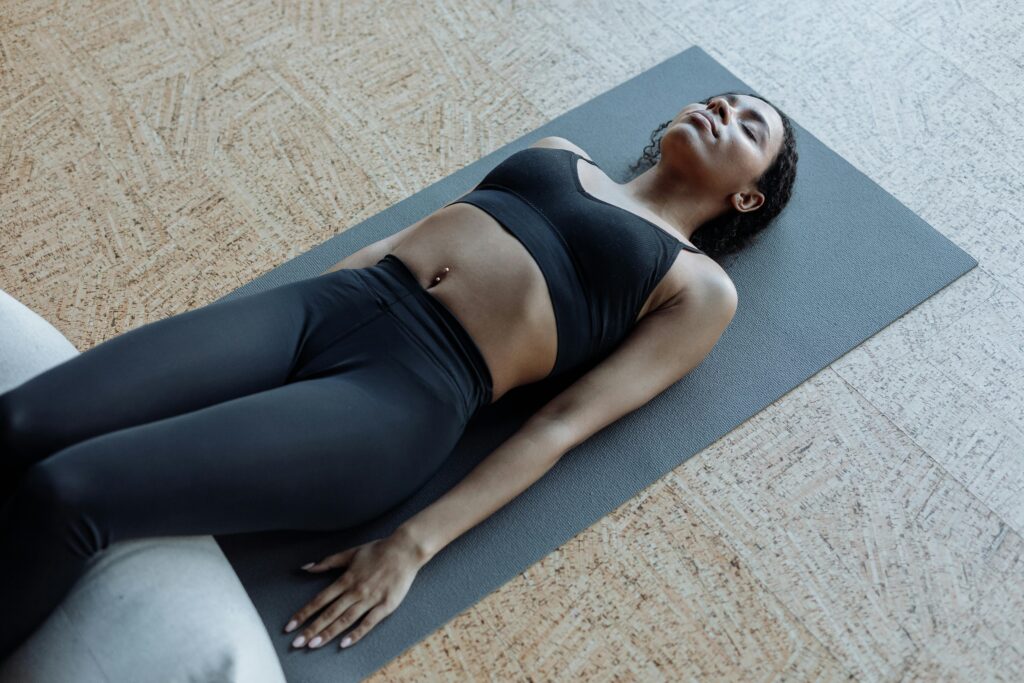
10. Sukshma Vyayama (Gentle Warm-ups) – The Pre-Adventure Prep
- How to do it: While not a single pose, these are crucial. Think gentle neck rolls, shoulder rotations, wrist and ankle circles, and gentle spinal twists.
- Why it’s adventurous: Every great adventure requires preparation. These simple movements warm up your joints and muscles, preparing your body for the deeper stretches and preventing injury. They are your body’s way of saying, “I’m ready!”
- Benefits: Improves joint mobility, increases blood circulation, warms up muscles, and prepares the body for more intense poses.
Embarking on a yoga practice is truly an adventure. It’s a journey that doesn’t require a passport or a plane ticket, but simply your commitment to exploring your own body and mind. These 10 poses are your starting map, guiding you toward greater flexibility, reduced stress, and a deeper connection with your inner self. So, roll out your mat, take a deep breath, and begin your adventurous yoga journey today. Your inner warrior is waiting!

